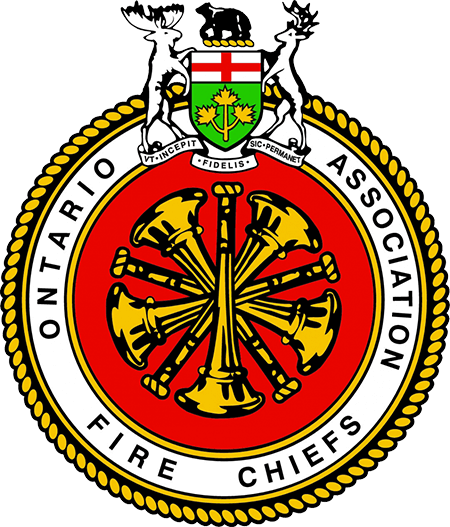Homeowners
 Smoke and Carbon Monoxide Alarms
Smoke and Carbon Monoxide Alarms
Over 90% of all home fires are preventable. People feel safest in their own home, yet that is where they are the most vulnerable. Please take responsibility for your safety and review fire and carbon monoxide (CO) hazards.
Effective March 1, 2006, it is the law for all Ontario homes to have a working smoke alarm on every storey and outside all sleeping areas. This covers single family, semi-detached and town homes, whether owner-occupied or rented. The Fire Code specifies that “no person shall disable a smoke alarm.” A tenant or any other person who disables a smoke alarm is guilty of a provincial offence and may be subject to a fine of up to $50,000. For more information on smoke alarm installation and maintenance, click here.
Carbon Monoxide (CO) is a poisonous gas that you cannot see, smell or taste. It is often referred to as the “silent killer.” CO is produced by the incomplete burning of fuels, such as natural gas, propane, heating oil, kerosene, coal, charcoal or wood. If your home has something that poses a CO threat, you are required to have a CO alarm. For more information on CO alarm installation and maintenance, click here.
Home Escape Planning
If a fire occurred in your home tonight, would your family get out safely? Everyone must what to do and where to go when the smoke alarm sounds. Take a few minutes with everyone in your household to make and practise a home fire escape plan. For more information on how to create an effective home fire escape plan, click here.
House Numbers
In the case of an emergency, medical emergency or fire, minutes can mean the difference between life and death. Firefighters are equipped with many tools to help improve arrival time. One of these tools is a detailed map of their designated areas. House numbers are imperative for a quick reference. The more camouflaged and hard-to-find the numbers are, the longer it will take emergency personnel to arrive at the scene.
Here are some of the basic requirements for house numbers, outlined within the Municipal Addressing By-law:
- Must be Arabic numerals. Fancy numbers or numbers that are spelled out may be aesthetically pleasing but are very difficult to read from the street.
- Need to be a minimum of three inches high and in a contrasting colour to their immediate background. Brass or bronze numbers are difficult to see.
- Must be displayed on the front of the dwelling and visible from the street.
- If the dwelling is located more than 45 feet from the front lot line, the number should be displayed on a gate post, fence, mailbox, or other appropriate place that will make it visible from all directions when approaching from the street.
- Cannot be obstructed by shrubs, trees, decorations, etc.
Hydrants
Winter weather can contribute to seasonal safety considerations, including ice or heavy snowfall that can obstruct fire hydrants. You can help reduce the risk by keeping nearby fire hydrants accessible and clear of ice and snow.
In an emergency, every second matters. Fire hydrants that are blocked, concealed or difficult to access due to snow or ice can impede emergency fire response. Fire trucks carry a finite amount of water, so one of a responders’ first tasks upon arriving on scene is to locate a water supply from the nearest hydrant. Those covered in snow can be difficult to locate, and uncovering them can waste valuable time needed during a fire fight.
You can help reduce the risk by keeping nearby fire hydrants accessible and clear of ice and snow. Although there are few rules concerning who should clear hydrants, it’s generally considered the responsibility of the residents occupying property near a hydrant. In addition to removing snow and debris covering the hydrant itself, we recommend clearing the area around the hydrant for easier access. Hydrants should have a clearing of one metre (three feet) all around and there should be a clear path to the street to ensure firefighters can readily access them.
